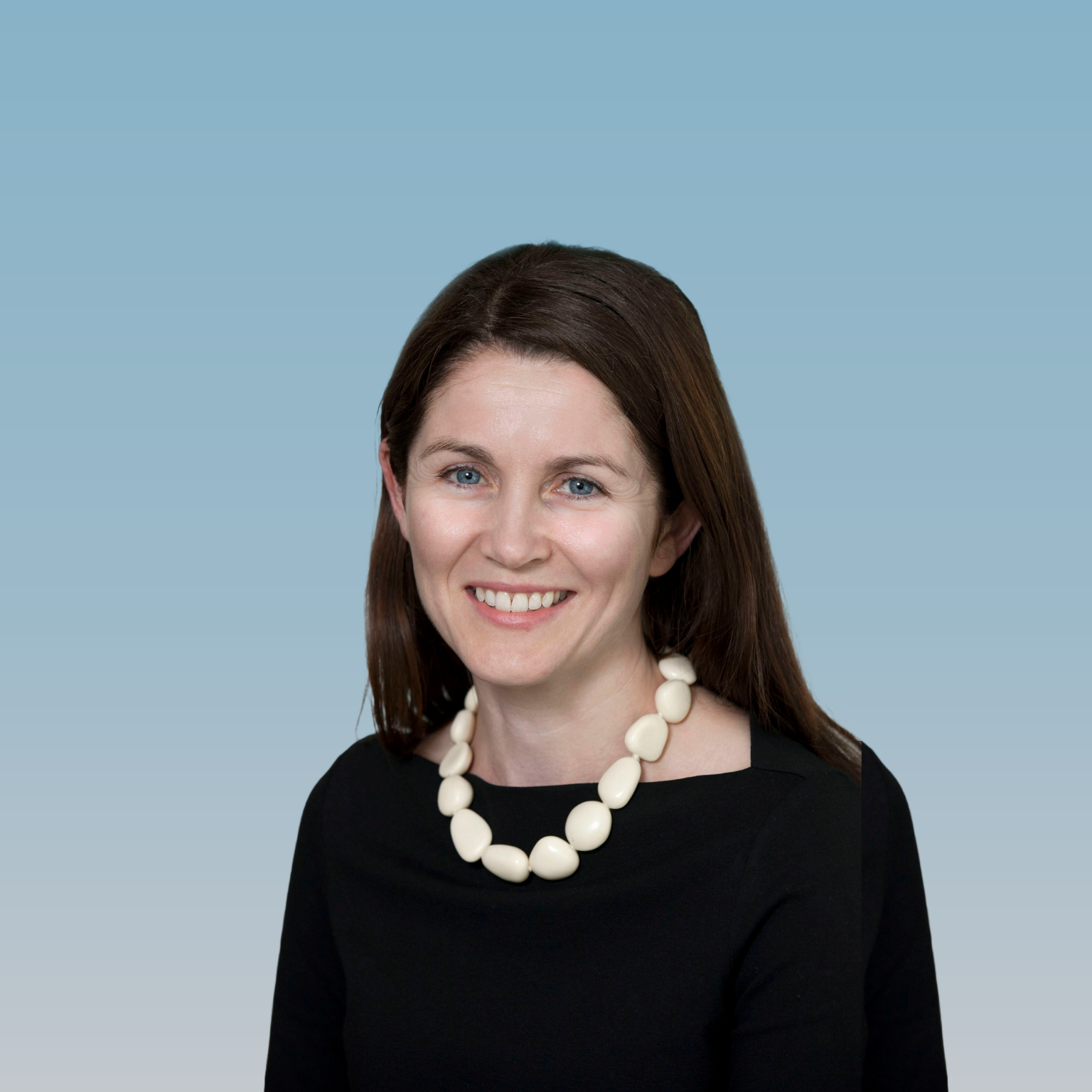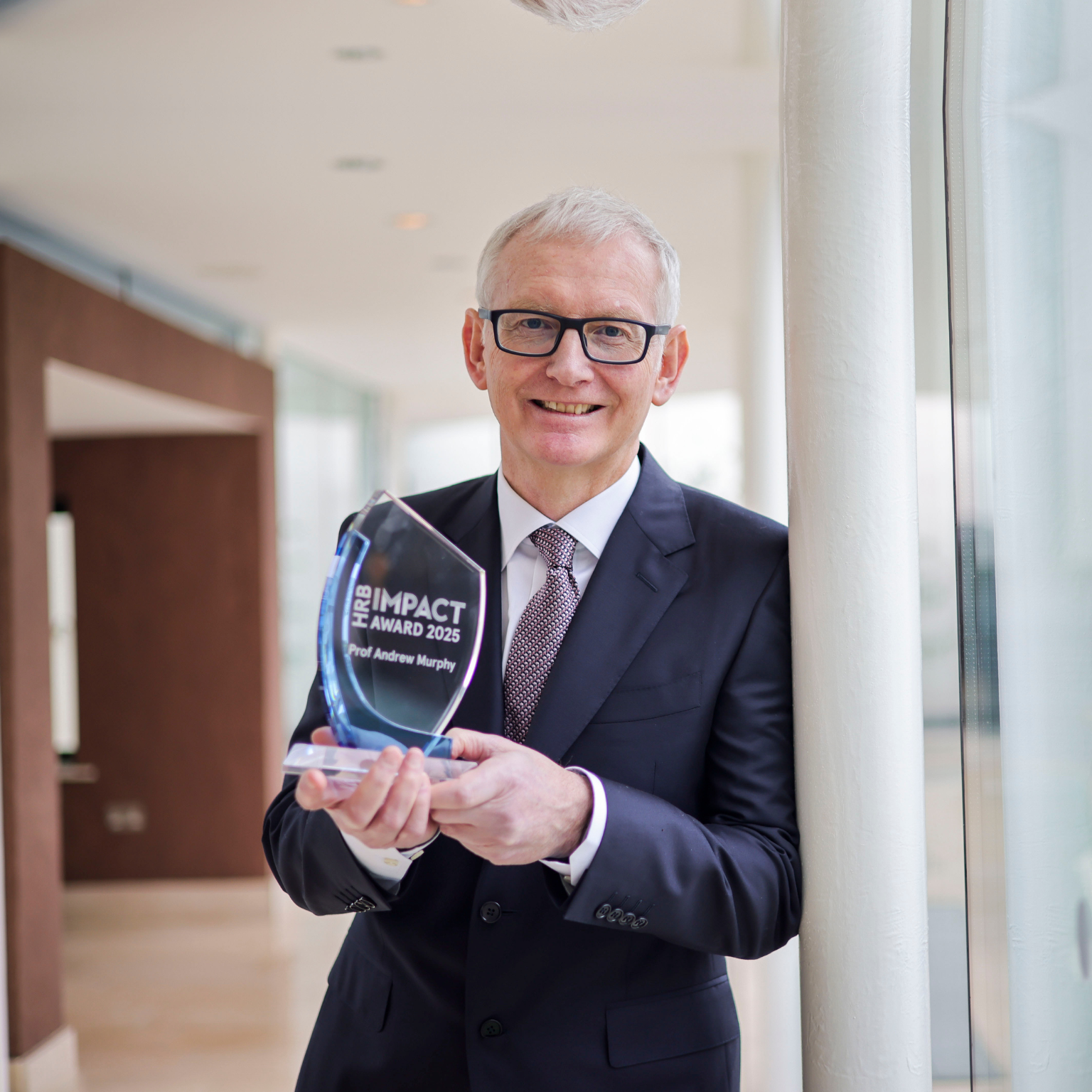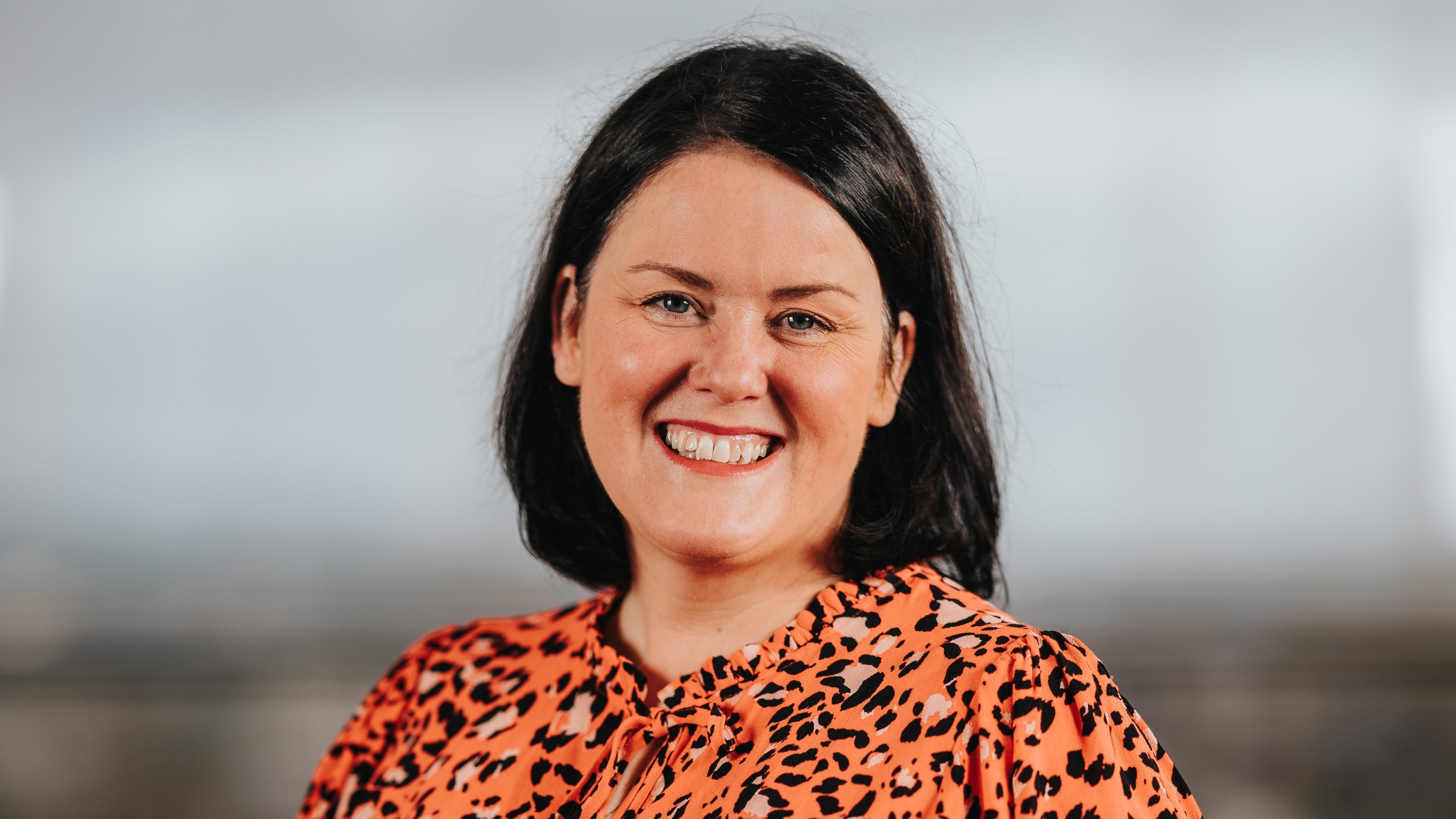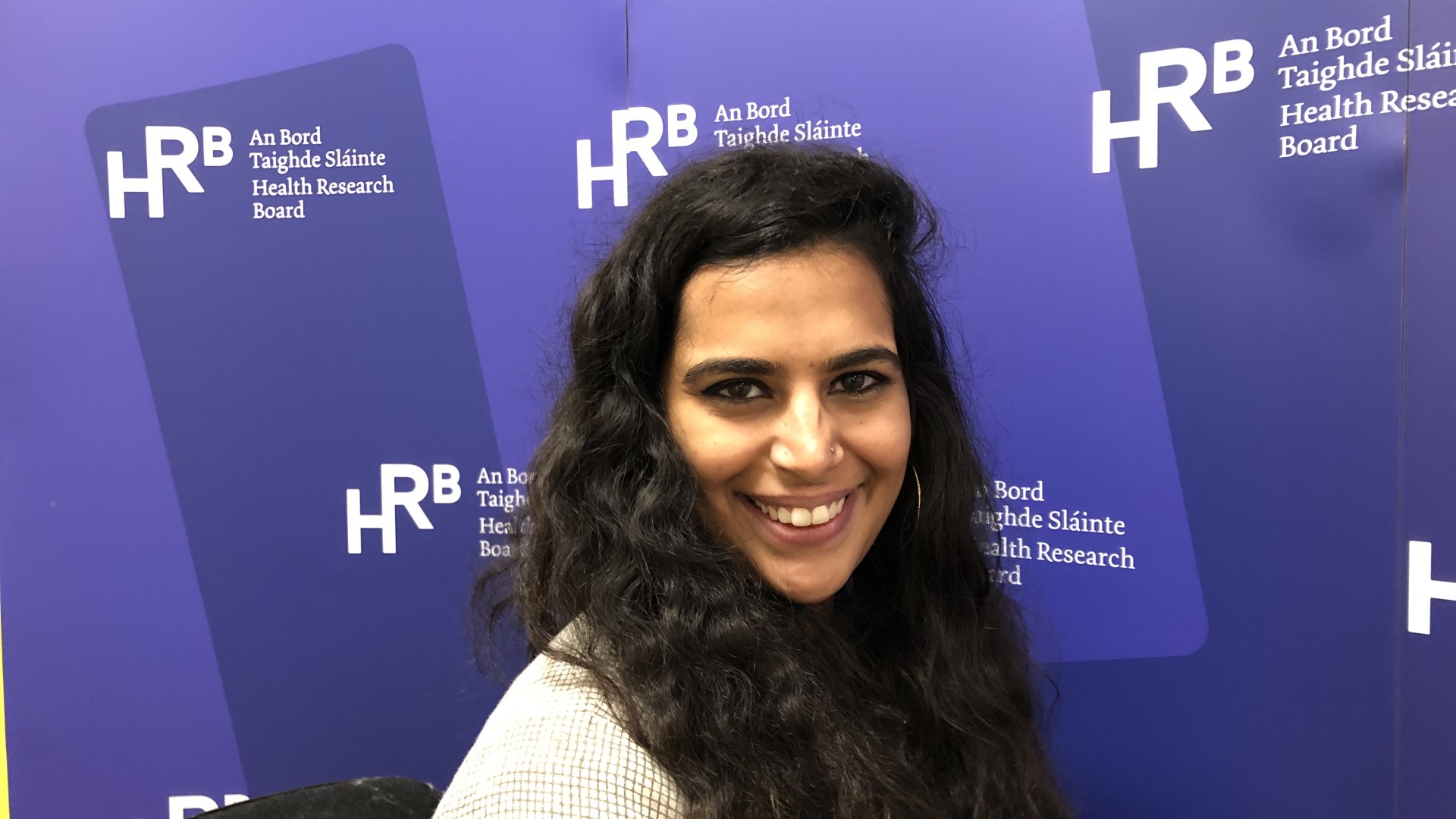New hope for clearing viruses through restoration of the immune system
6 min read - 2 Feb 2017
Sometimes the answer to a puzzle can be hiding in plain sight, but it takes imagination and a new set of questions to see it.
That’s what happened when Dr Nigel Stevenson started asking ‘How viruses, such as Hepatitis C, evade the body’s anti-viral defences?’
That perspective led him to discover that well known molecules in the cell are also key defenders against viral attacks, and they could be hot targets for new therapies that cure several viral infections.
Virus tactics
‘Understanding how our cells respond to the presence of a virus is important’, explains Nigel, who is an Assistant Professor and the Director of the M.Sc. in Immunology at Trinity College Dublin. ‘Our immune systems have evolved for millions of years to develop intricate processes that protect us against infection, but viruses have also evolved to avoid our immune response’.
One of the key responses when a virus shows up is for our cells to produce a molecule called Interferon. ‘That does what the name implies, it interferes with the virus and stops it making copies of itself in the cell’, explains Nigel.
Interferon triggers a ‘domino effect’ of activating signals within our cells. When the sequence of signals is complete our defence genes get activated and the cell swings into action against the virus. ‘Interferon activates the cell you need for each of these dominos to fall, and if that happens, then this ‘innate’ immune response activates hundreds of genes that are designed to clear the viral infection’.
Key dominos
But what are the important dominos that need to fall? Or, in this case, what proteins need to be activated to pass on Interferon’s anti-viral signal? Some of Nigel’s most recent work at the Trinity Biomedical Sciences Institute has focused on a family of proteins called STATs, with a particular focus on STAT3.
STAT3 is a key protein in the biochemical processes that enable healthy cells to grow, but when Nigel went looking at how it responded to viruses, he saw STAT3 was also part of the Interferon ‘domino chain’.
‘If we experimentally silenced STAT3 protein in cells, they were not able to protect themselves against flu or pox viruses, demonstrating the key role STAT3 has in defence. This was an exciting discovery, because the STAT3 protein is so well known for its role in promoting cell growth’, says Nigel. ‘And this new anti-viral function will revolutionise our approach to developing anti-viral therapies’.
By working with samples from virally infected patients and infecting cells grown in the lab, Nigel and his team also showed that viruses – including the Hepatitis C Virus – break down certain STAT proteins in cells.
This has the effect of removing the essential dominos and therefore breaking Interferon’s signalling chain that would otherwise have told the cell to protect itself from the invading virus. ‘We could see Hepatitis C actually degraded the STAT1 and STAT3 proteins, which we now know are both essential for the expression of genes that cure viral infections’.
Knowledge for defence
Nigel anticipates that the discovery will lead to new ways of protecting people who are at risk of viral infections by boosting their defences. ‘We are hoping this will have a broad spectrum effect as we are tackling a fundamental anti-viral process in cells’, he says. ‘And we are now working with chemists in Trinity to develop potential new therapies that could restore the immune response and clear viruses’.
Patients have been key to helping the research group discover more about anti-viral defences, and Nigel is keen that the wider public knows more about how viruses work and how science can help find new ways to protect ourselves: ‘We worked with the Royal Dublin Society to develop an interactive lecture for school children about ‘immune wars’, and through a HRB KEDS grant we are now working with the HIV Ireland Charity to promote our HRB-funded viral research, while also promoting awareness of viral infections, such as HIV’.
Perspectives on research
Another surprise is that Nigel studied Architecture before becoming a biomedical scientist. ‘I always loved biology at school, but my passion for art and design led me to study architecture at Queen’s University Belfast’, he recalls. ‘Then after a year, while I enjoyed designing new buildings, I really missed the world of continual discovery that experimental biology provides, so I switched to the biomedical sciences degree at QUB’.
After a year working in the pharmaceutical industry, Nigel then returned to QUB to do a PhD in Immunology. ‘I loved it’, he says. ‘The idea of being able to discover something new and answer questions that nobody else has answered is amazing and a privilege, for me biological research is the best job’.
Since Nigel moved to Trinity, the HRB has been funding his work to investigate questions about how our cells respond to viruses and how we could use that molecular dance to our advantage.
One of his favourite aspects of the job is collaborating with international research labs, including scientists at Hong Kong University. ‘There are so many different and emerging viruses out there’, says Nigel. ‘And they can arise quickly, as we saw with HIV and SARS and Ebola, so it is an international effort to come up with new defences against these diseases’.
And while research can have its challenges too, ‘the key is remember we are working towards new discoveries’, says Nigel. ‘Science has its disappointments, but give yourself 24 hours and then move on …it’s all about resilience’.
Nigel also balances work with an interest in fitness, particularly swimming, and looking after his miniature Dachshund, Oli. ‘I cycle to and from work too, Dublin is such a beautiful city and cycling is a great way to get fresh air and exercise on the commute’.
And his advice for researchers, whether they are starting out or well advanced in their careers? ‘I would say keep exploring and most importantly take every opportunity life offers’.
6 min read - 2 Feb 2017



